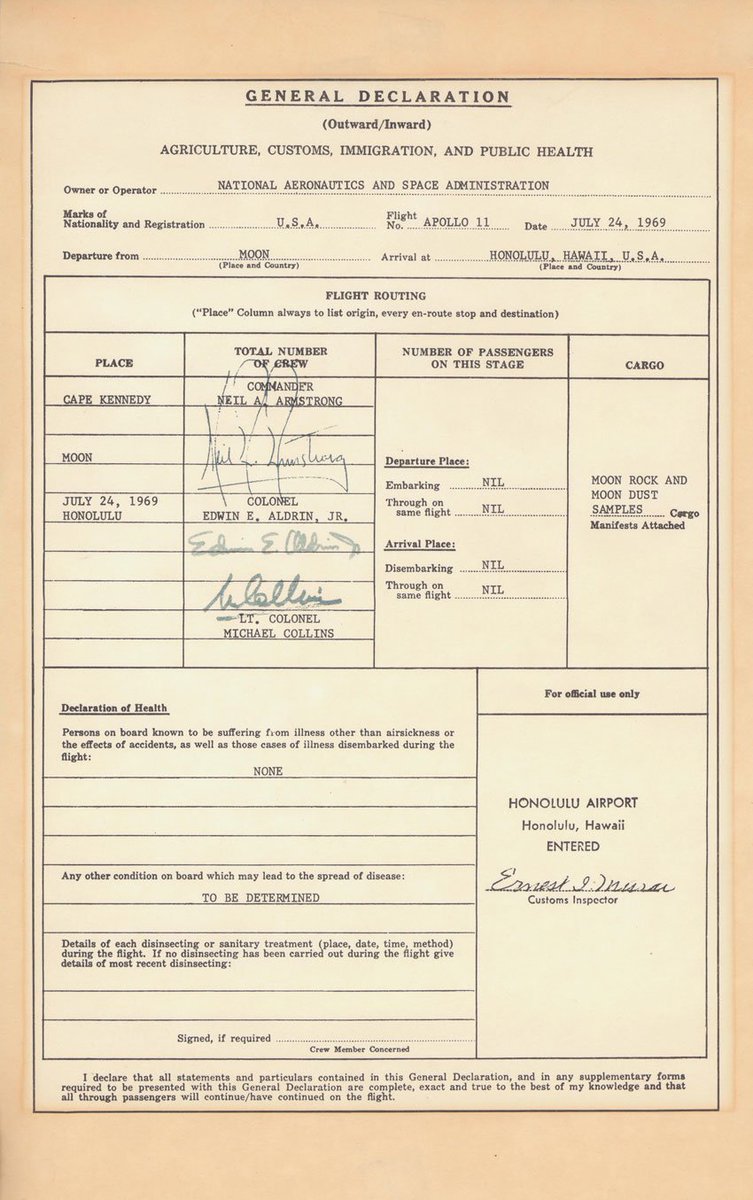In 1991, Nirvana changed pop music with Nevermind. We know this, and we know—or can confirm with a few clicks—that “Polly,” the 6th track on that album, sits at its very center. We can call to mind, or pull up in seconds, the lullaby chorus melody and the sound of Cobain’s five-string, pawn shop Stella acoustic guitar. And we may even remember the lyrics, or some of them, elliptical, deeply disturbing descriptions of a girl named “Polly,” from the point of view of someone doing horrifying things to her.
“Polly,” as Evan Puschak, better known as video-essayist Nerdwriter, explains above, in fact describes an actual occurrence near Cobain’s hometown of Aberdeen, WA: the abduction, rape, and torture of a 14-year-old girl, written from the perspective of her abductor, rapist, and torturer. “Of all the dark songs” Cobain wrote, says Puschak, “and there are a lot to choose from, the most disturbing to me is ‘Polly.’” The incident happened in 1987; Cobain first wrote “Polly,” then called “Hitchhiker,” in ’88.
“It’s a hard song to talk about,” Puschak admits, but an impossible song to ignore, given its place in one of the biggest-selling albums from one of the biggest bands in the world. And coming from Cobain, whose outspoken activism defined his public persona, it’s a song we must hear in the larger context of a writer perpetually horrified by sexual violence and misogyny, and unable to look away and ignore it.
“Disgusted,” writes Juliet Macy at Go Mag, after “some of his fans spread anti-gay messages in tune to his music,” Cobain left a message for them in the liner notes to Incesticide: “If any of you, in any way, hate homosexuals, people of color or women, please do this one favor for us—leave us the fuck alone. Don’t come to our shows and don’t buy our records.” He meant it, and left an even more furious message for in the notes for In Utero.
“On rape culture,” Macy writes, “Cobain asserted, ‘The problem with groups who deal with rape is that they try to educate women how to defend themselves. What really needs to be done is teaching men not to rape. Go to the source and start there.” “Polly” represents such an attempt to go to the source, Puschak argues, to get closer than we’d ever want to get. Its spare arrangement helps create its sense of intimacy. “’Polly’ is basically Cobain and his guitar.”
Musically, this was not the kind of vulnerability Cobain was at all comfortable putting on display. Two years later, when Nirvana went on MTV’s Unplugged, he “worried the band didn’t have the grace to pull off something so subtle,” as Mike Powell notes at Pitchfork. Notably, one of the songs Cobain chose to play in that exposed, uncomfortable setting venue was Leadbelly’s “In the Pines,” a song written from the point of view of a man interrogating a woman; a man who may be a father, jealous lover, or something much more sinister.
In every version of this old, vaguely tragic American folk-blues, from its first, 1929 recording as “Black Girl” by Peg Leg Howell to “In the Pines” to wordier, and whitewashed, versions by country pickers and crooners, a sense of menace hovers, near or far, fraught with intimations of rape and murder, the klaxons the Rolling Stones rang to announce the end of the flowery, folky ’60s. Bands in the ’90s culled from a much darker strain of the country’s earliest popular music than Pete Seeger, or even Dylan, and “Polly,” in its old-timey instrumentation and blues simplicity, touches into this undercurrent.
In “Polly,” Cobain “forces an emotional identification with evil, to stop us from suppressing this brutality,” Puschak says, searchingly, or “to stop us from evading it.” Perhaps. Maybe he’s asking us to empathize with a monster, but he also pushes us to look at a disturbing American tradition—one evoked by “In the Pines” as well: murder ballads, songs, books, and films about stalking, possession, manipulation, and rape (see the Stones’ “Brown Sugar”): a near-constant aestheticization of violence against women.
This kind of excavation was lost on many of the fans who bought Nevermind—those same fans whom Cobain came to loathe. His evocations of dark Americana were part of a general trend of the time. In 1994, when the Unplugged episode aired, many Nirvana listeners of the band were also howling, “Do you want to die!” to the The Toadies hit “Possum Kingdom,” another song that reached into southern U.S. folklore to tell what seems to be a story of rape and torture in the woods from the perspective of the rapist and torturer. (The song’s video explicitly plays with serial-killer film tropes.)
“Polly” is neither mournful nor playful, and it decidedly does not rock like “Possum Kingdom.” Almost totally acoustic, drumless, delivered in a mumbled monotone in the verses, and an off-key dead-eyed sing-song in the jarringly catchy choruses, it lulls and repulses at the same time. Like every other artist, Cobain had no control over what listeners did with his music. After Nevermind’s success, reports emerged of two men committing a rape while singing the song. Cobain replied, “I have a hard time carrying on knowing there are plankton like that in our audience.”
But he could not have made his own intentions clearer, or the burden he felt to confront a culture that would not listen to women. “A man using himself as an example toward other men,” he once said ruefully, “can probably make more impact than a woman can.” Ironically, given how much he came to resent Nevermind’s massive success, one of its effects was to show cynical male record label executives that rock stars could be edgy and also outspoken about sexism and rape culture and also sell millions of albums: which helped open doors for an explosion of female artists and bands throughout the decade who issued searing punk manifestos and righteously angsty alt-rock against the patriarchy.
Related Content:
Nirvana Plays an Angry Set & Refuses to Play ‘Smells Like Teen Spirit’ After the Crowd Hurls Sexist Insults at the Opening Act (Buenos Aires, 1992)
Nirvana Refuses to Fake It on Top of the Pops, Gives a Big “Middle Finger” to the Tradition of Bands Miming on TV (1991)
33 Songs That Document the History of Feminist Punk (1975–2015): A Playlist Curated by Pitchfork
Josh Jones is a writer and musician based in Durham, NC. Follow him at @jdmagness



